In a hyperconnected world, social media has become an integral part of daily life. Addictive platforms, TikTok and Instagram, have allowed young people to present their ideas to the world easily. With that privilege comes significant risks to mental health. More so than ever, teens are struggling with depression and anxiety, forcing us to ask the question: What is social media’s role? Is social media a Blessing or a Burden?
Before the rise of social media, gathering spaces like parks, libraries, and community centers offered teens a chance to meet new people and train their social skills.
According to West Po’s school social worker Ms. Convery, “It’s important even outside of technology for kids to be a part of something bigger than themselves. It definitely builds character and self-esteem and just self-worth.”
Now, online spaces, where interactions are often shallow, have taken over. Social media offers instant communication with anyone around the world, but lacks the emotional depth of an in-person exchange, leaving teenagers feeling disconnected. Interactions on social media posts such as likes and comments create the illusion of connection but rarely offer the comfort or support of a heartfelt conversation. A study by PISA, which included over a million 15 and 16-year-olds, found a direct relation between the use of smartphones and the internet and loneliness. The study found that with teenagers almost constantly online, loneliness has become an epidemic.
Loneliness isn’t the only threat of social media. The ability to hide behind a screen has enabled many toxic behaviors, such as cyberbullying and trolling. For many teens, social media is a double-edged sword. Social media offers a platform for teens to express themselves but also exposes teens to judgment, criticism, and harassment.
The anonymity of being online gives the user a sort of “keyboard courage” that often encourages users to say things they would never say in person. Victims of these remarks are left with emotional damage without ever facing their attacker in person. The effects of this “keyboard courage” are linked with high levels of depression, anxiety, and suicidal thoughts in adolescents. According to a KFF analysis of a new federal survey of teen health, almost 20 percent of teens have shown symptoms of anxiety and depression within the last month.
On social media, individuals tend to carefully curate their posts to create an illusion of a perfect life. Scrolling images, constantly comparing oneself to the tailored lives of the people appearing on their feed, exacerbates feelings of inadequacy. Beauty standards artificially heightened by filters and beauty trends create an increased risk for depression in young women. Even this isn’t the only problem that these tailored lives create. The fear of missing out, or FOMO, is on a historic rise. As every person’s feed consists of carefully selected successes, teens view the eventful lives of their peers and feel as if they aren’t doing enough. And with that, envy, the thief of joy acquires his master key.
In addition to loneliness and self-esteem struggles, “doom scrolling” has emerged as a symptom of being chronically online. News has gone from just being served up through major sources of cable television, newspapers, or from their teachers to now being immediately digestible on every social media. Doom scrolling refers to the compulsive consumption of negative or distressing content online. Whether it’s bad news, divisive debates, or global crises, teens are overwhelmed with information that heightens feelings of anxiety and helplessness.
The COVID-19 pandemic was a critical moment in amplifying this behavior. With lockdowns in place, social media became the primary news source for many teens. The relentless exposure to distressing headlines, misinformation, and polarized opinions led to a cycle of exhaustion. This cycle can disrupt sleep patterns and increase stress levels, making it harder for teens to focus on positive aspects of their lives.
Now more than ever, people are becoming more aware of these problems and are taking action to counteract them. Solutions like phone cages or “dumbphones” are becoming more popular as a way for teens to detox slowly. The growing shadow of the online world leaves us with no choice but to seek out the light amidst the darkness.








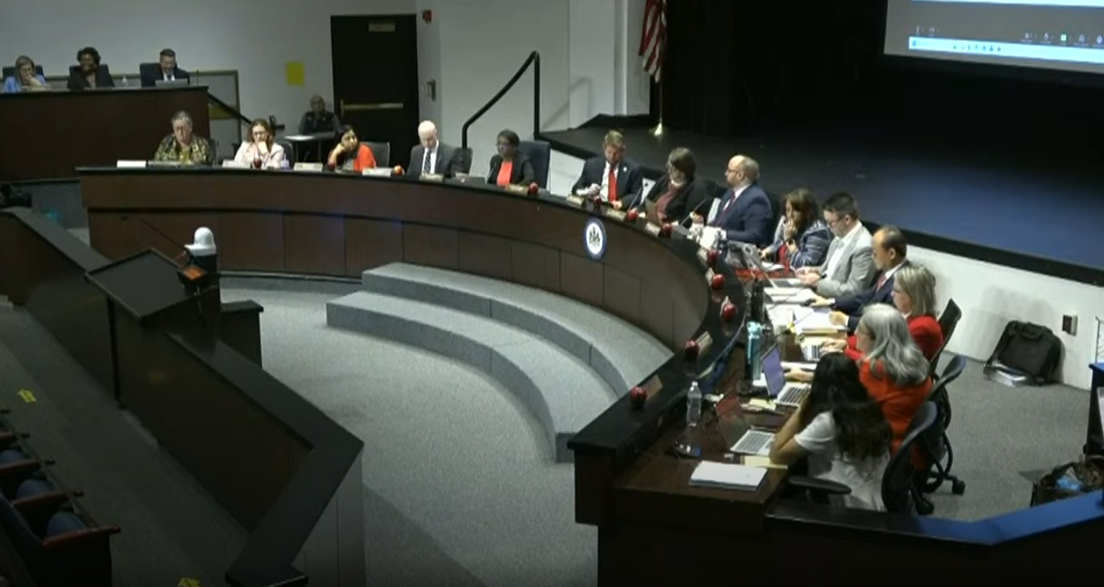
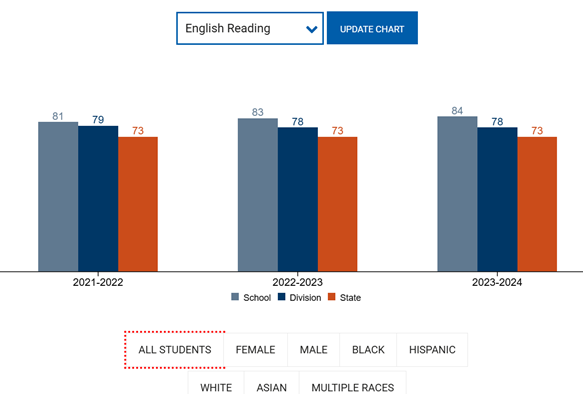
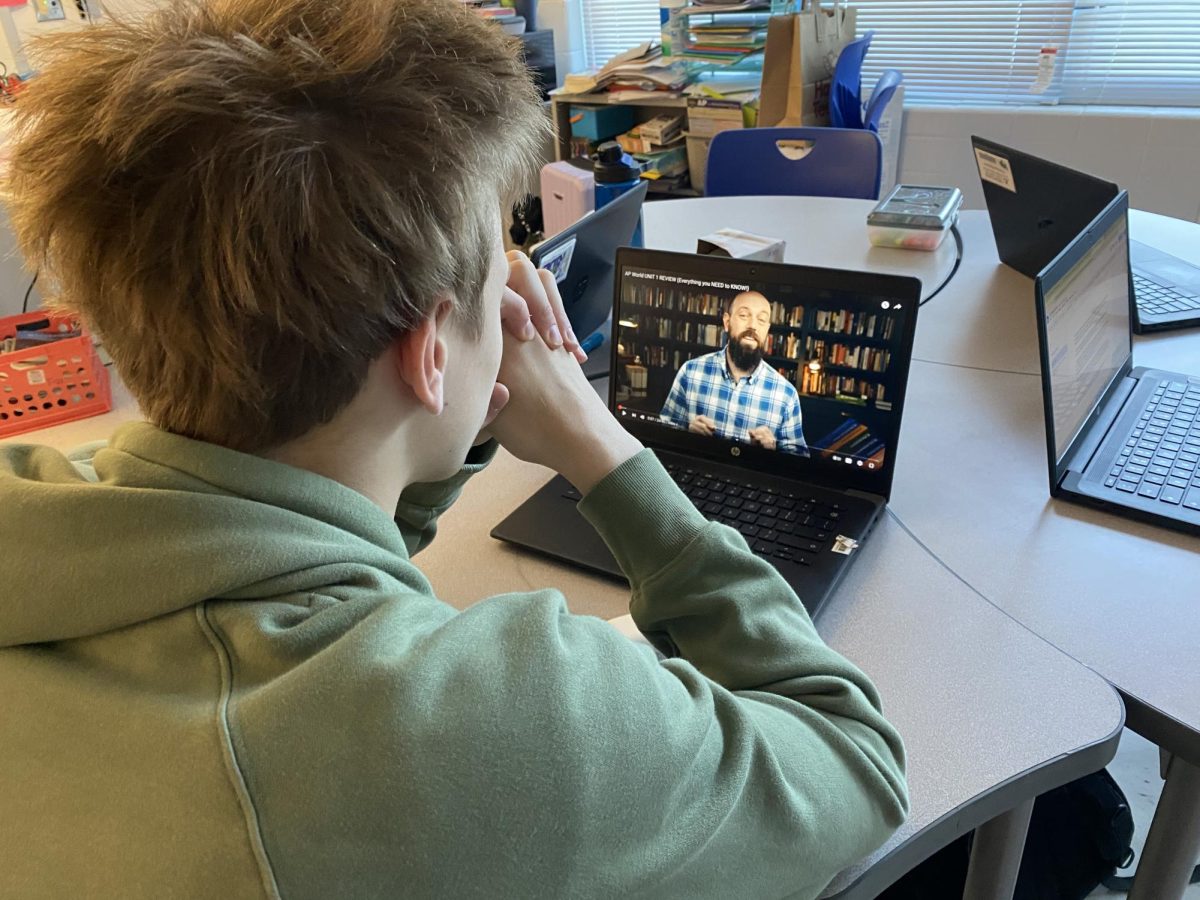


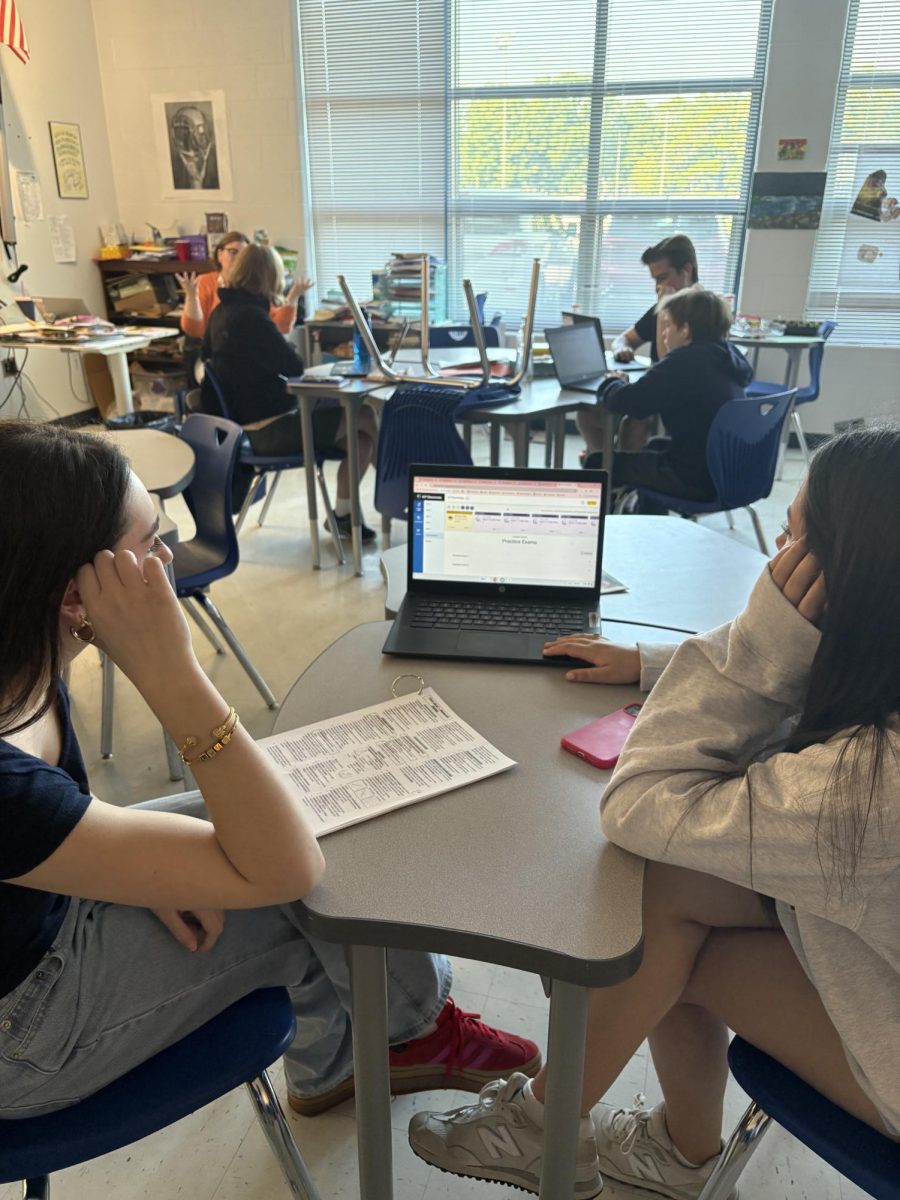











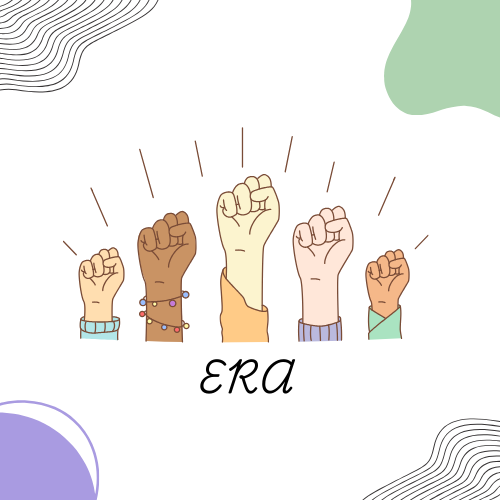
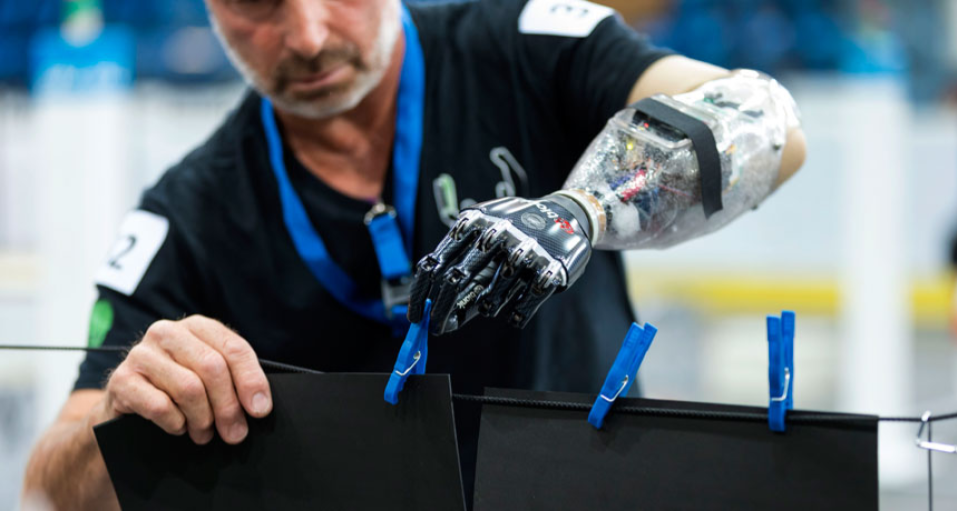


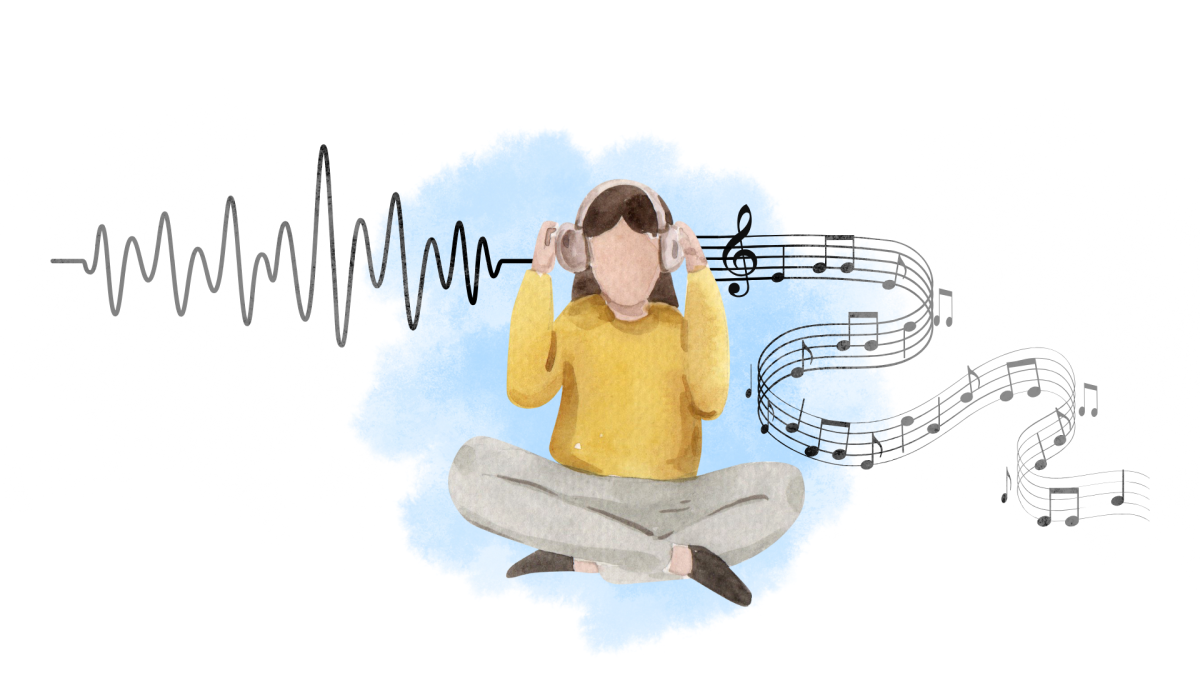
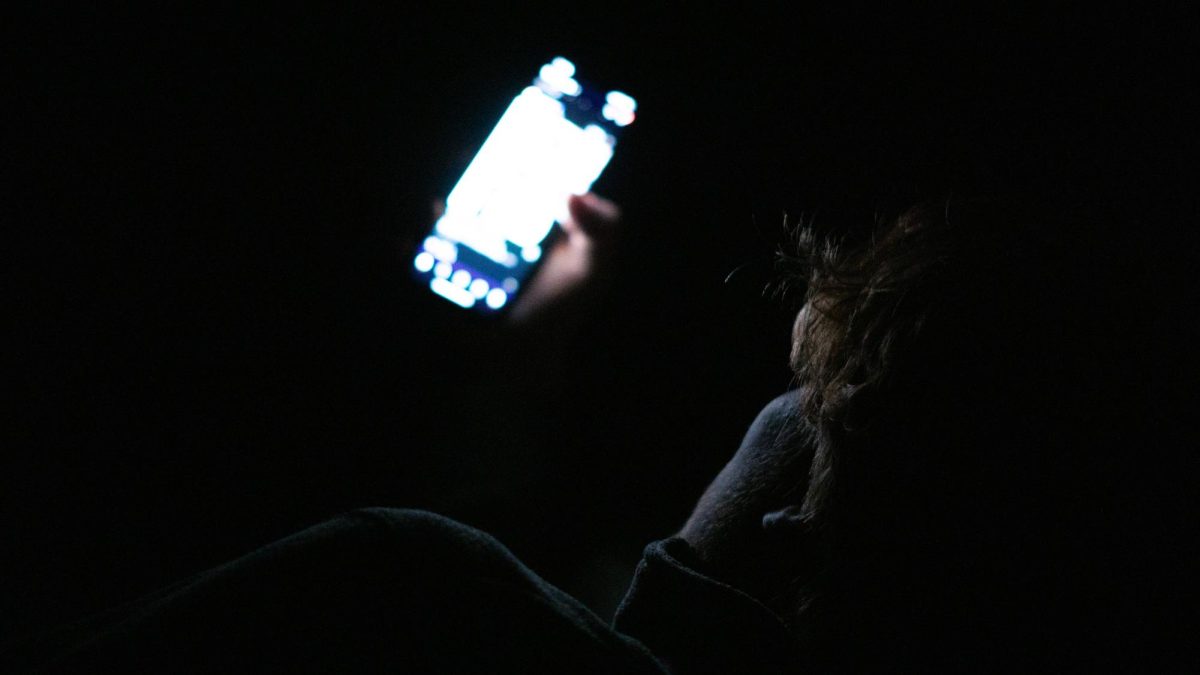

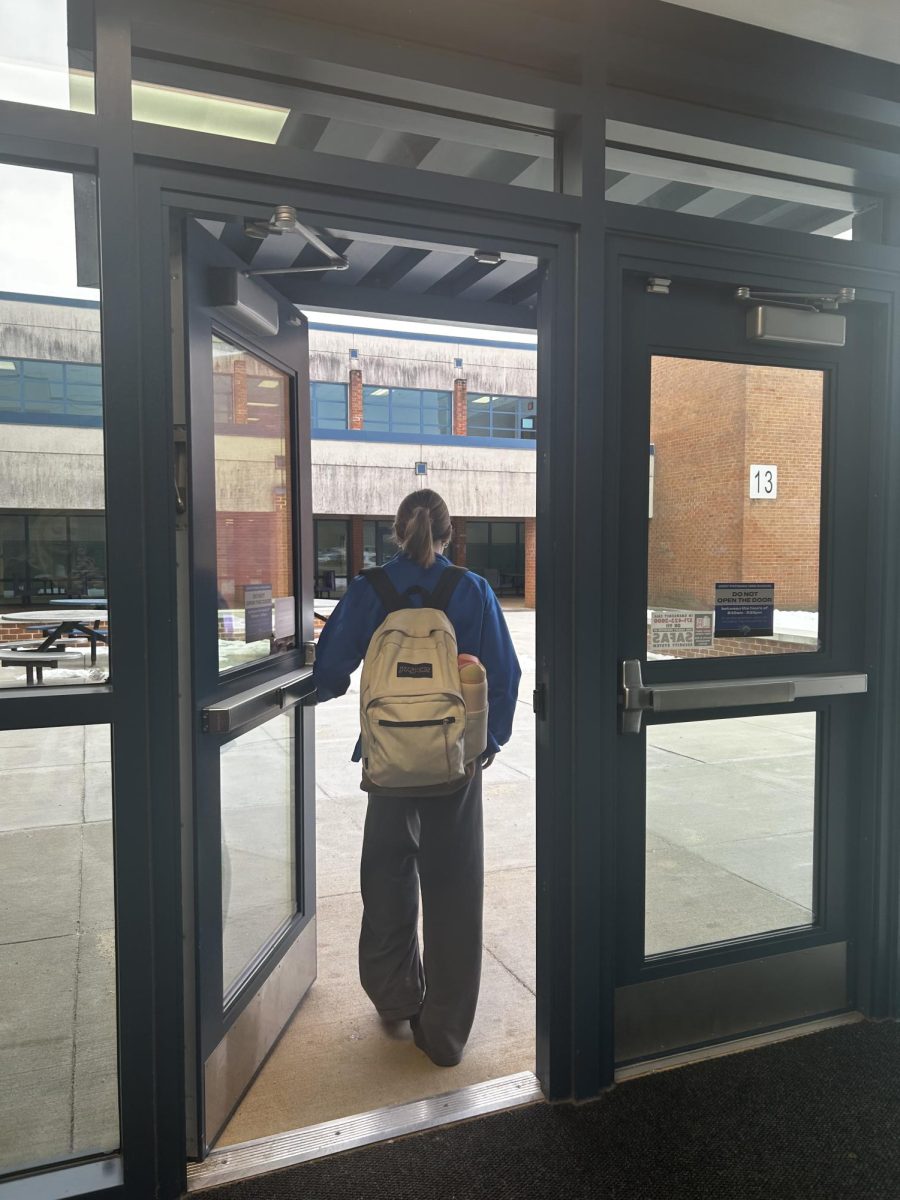




















Mr. Stuecheli • May 2, 2025 at 8:35 AM
Great Article! Well written!
I think phones and social media is good – in moderation. I feel however that the world is too wrapped up in being entertained by a screen rather than forming relationships and interacting with one another. We’ve lost our ability to carry on conversations and just relax. There’s just an itch to always know what’s going on at every minute, or to share every waking moment with everyone else. It’s become an issue. I’m genuinely worried about the future and the ability to hold a conversation. For the youth to interview. And losing sight of what’s important in life.
When I grew up we first were introduced to MySpace and the first iteration of Facebook only went to 16 colleges – one being George Mason. Everyone was begging to be in your Top 8 Spaces on MySpace.
Facebook grew. First 16. Then more colleges. The open to business. Now everyone and their great grandparents seem to have one and the ads are out control. Both of them were replaced by Twitter (now X). Then Instagram and TikTok. I’m sure there are others I have no knowledge of that others know.
But we let it consume us. We should be putting the phones away and just enjoy life. Life has too much beauty in it. We should embrace it rather than just watching it pass by our faces.